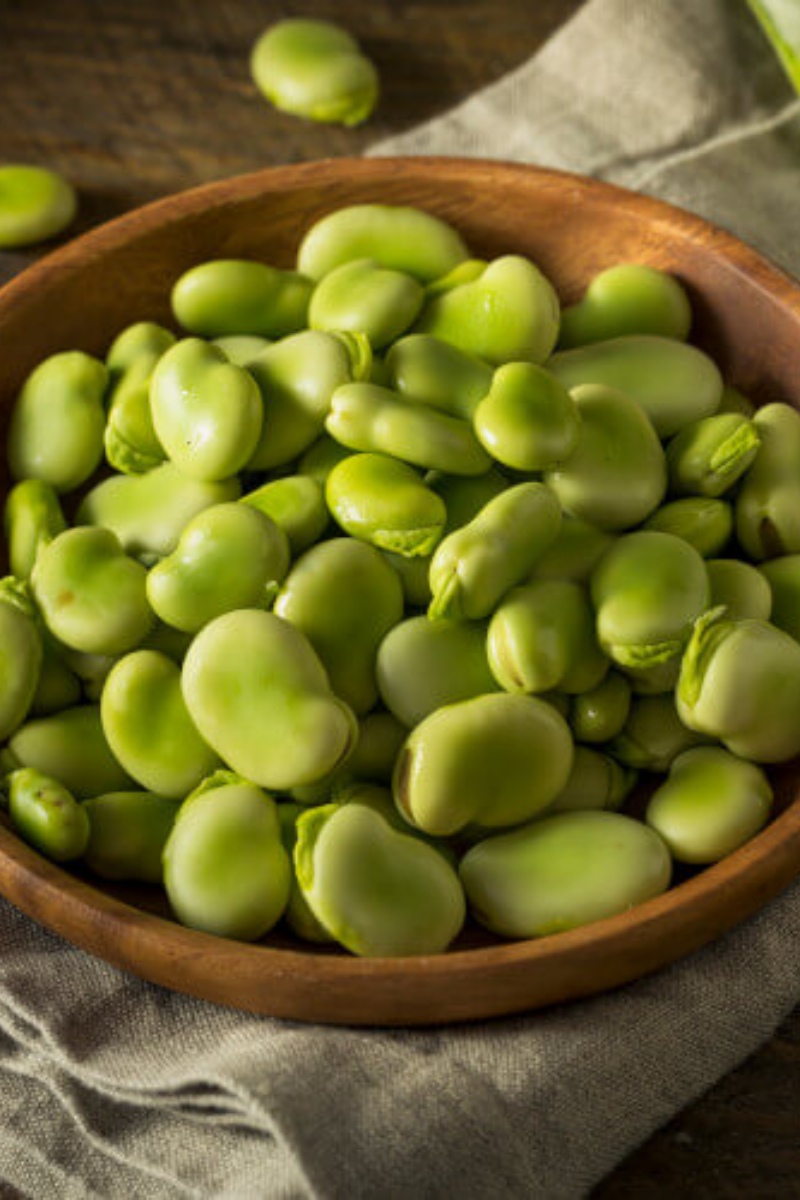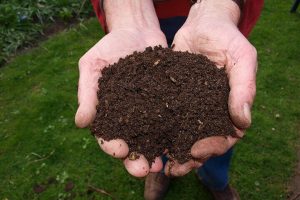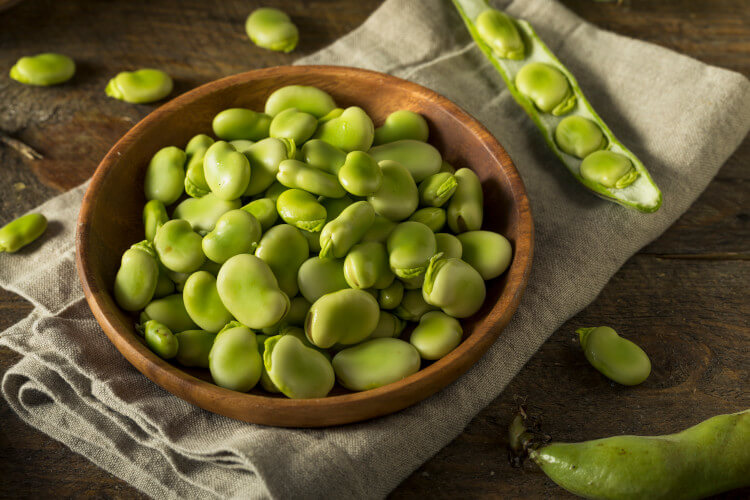
Fava beans are vigorous plants which are easy to grow from seed.
They have been used from time immemorial in temperate climates, and once started, they are hardy in all but the most extreme conditions which such climates can offer.
So, growing them, in the usual sense, is a very straightforward matter.
However, they are subject to one very voracious and difficult to eradicate pest — black bean aphid (Aphis fabae). Hence, people who attempt to grow broad beans expend much of their effort on trying to ensure they get a crop of beans that hasn’t already been eaten by these creatures.
Table of Contents
Germinating Fava Beans
The seeds (beans) can be sown indoors, in pots or trays, at virtually any time of year.
They germinate (sprout) at around 44 degrees Fahrenheit (7 Celsius) and up, so the use of a heated greenhouse or a frost-free windowsill is necessary during the winter.
In order to speed up germination, it is best if they are first wrapped individually in wet tissue and then left in a dark, relatively warm place for a few days. This softens up the dried beans, and they may well sprout in this condition. If so, be very careful not to break the roots/shoots when transferring to potting compost or soil.
Planting Outdoors
Outdoors, broad beans can be sown from mid-March onward, but again, best results are obtained if they are sprouted in tissue paper first.
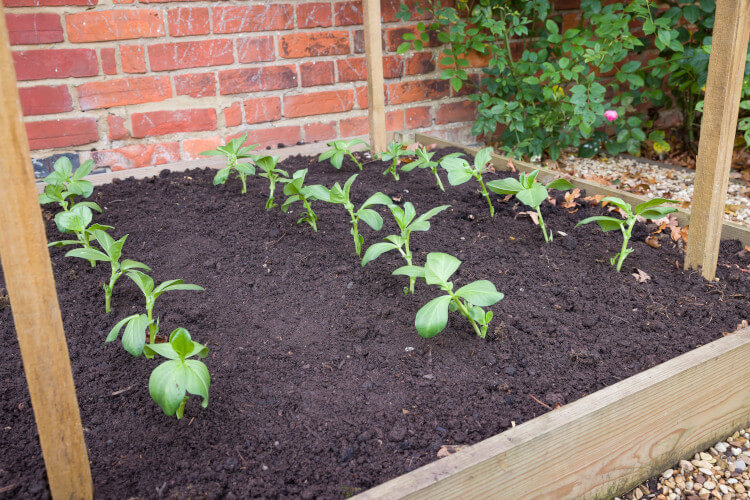
Image © Deposit Photos
Planting Timeline
Plants sown inside are usually put out in the soil from late January to early February. Since the bean plants take around four months to mature, plants put out at this time should do so in late May to June.
The advantage of this timetable is that it almost entirely avoids the peak black bean aphid season which is from late June to early August.
In comparison, beans sown in March (outside) will mature in July and then, in a bad year, be decimated by aphids. Alternatively, autumn varieties of broad bean can be sown or planted out from late September onward and will mature from April to May the following year, again, avoiding the main black bean aphid season.
Planting Depth
Once the timetable is decided upon, planting out broad beans is relatively straightforward. By the time they are planted out, the beans should be at least 1 1/2 to 2 1/4 inches high (four to six centimeters), and this means that their roots will be at least this long as well (as a result, care should be taken when removing them from the potting medium).
A small hole should be dug where the bean plant is to be located, just large enough to accommodate the roots. Then, this should be filled with water and the plant placed within it. Subsequently, the hole is filled back in with soil which is firmed so that the plant can stand without support.
Supporting Growing Plants
A stick, generally an old tree branch, no more than a half-inch (one and a half centimeters) in circumference is then placed in the soil next to the plant. This is to provide something upon which the bean plant can later climb.
When planting out very early or late, it is best if some protection from the weather, especially the wind, is placed around the plant. The top of a large, used plastic milk container, with the bottom cut off, is ideal for this (the top may be cut off also for more freedom).
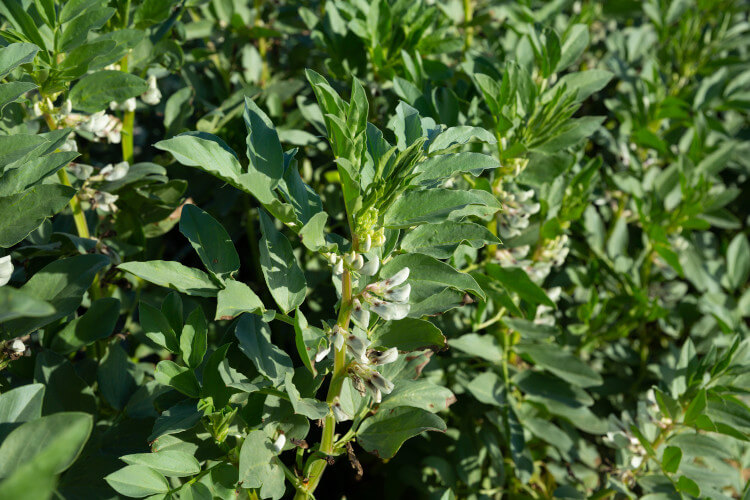
Image © Deposit Photos
Protecting from Black Bean Aphids
As can be seen, care must be taken not to grow the beans in what would be their natural season, from April to July, because of the voraciousness of their main natural pest, black bean aphids.
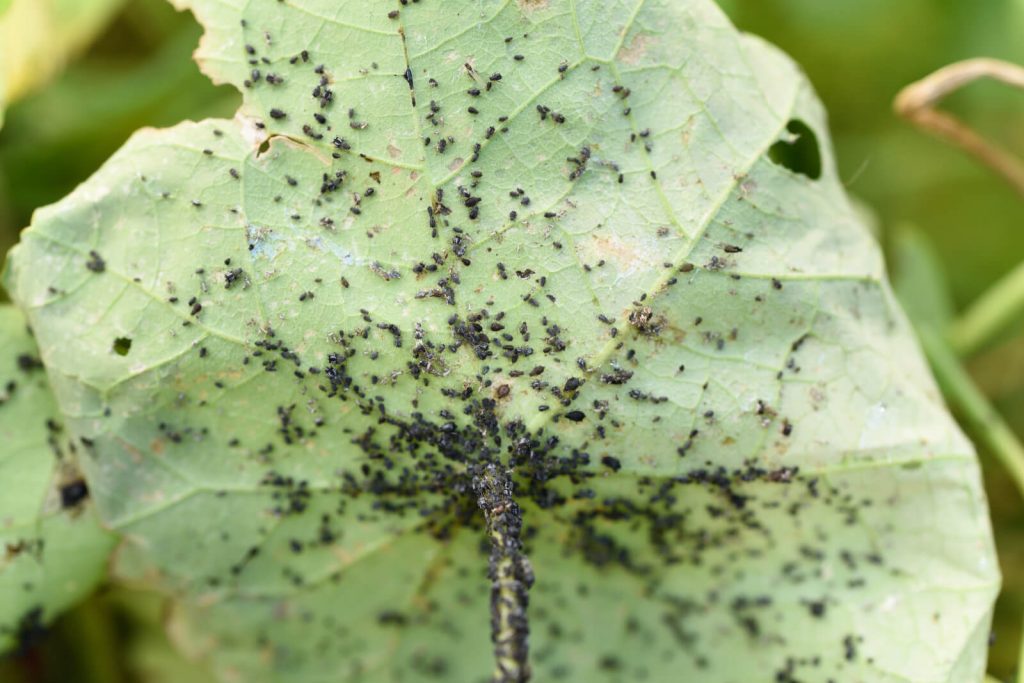
Image © Deposit Photos
If a crop looks as if it may become significantly affected by this pest (which will become obvious by inspection), various treatments/sprays can be used.
For the organic gardener, however, the only treatments available (soap mixed with water, to be sprayed on, and variations of this – soap, water, and cayenne pepper, for instance) are of limited effectiveness.
Black Bean Aphids can be controlled to a certain extent by their natural predator — ladybirds. Sadly, accumulating enough ladybirds in a particular location to make a difference is very difficult.
Growing Fava Beans: Its all About Timing
In summary, broad beans do not make themselves particularly problematic to grow. The seeds are the beans themselves and these are very large; this means that each plant can have a strong start in life.
However, the gardener must ‘box clever’ in order to avoid aphid infestation by timing their sowings/plantings such that the beans do not mature during the aphid’s peak seasonal activity.
